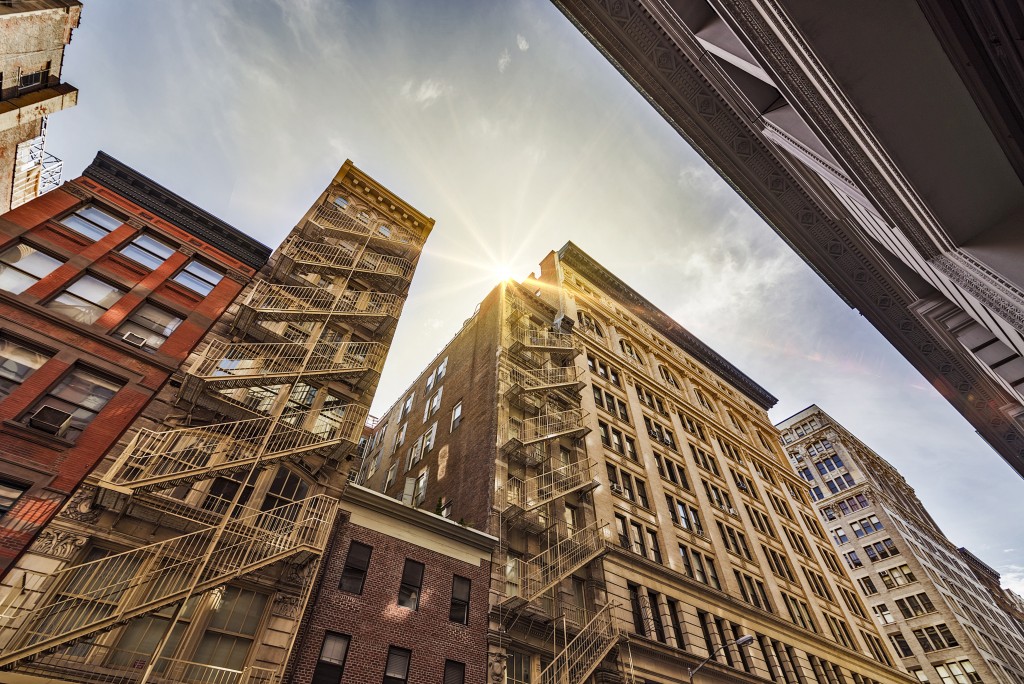Buildings face the challenge of falling into disrepair and becoming obsolete, especially if they are not in use. As a result, you will find industrial facilities, warehouses, and commercial buildings sitting empty in previously busy areas. Fortunately, most of these still have potential, and there are a few things you can do to meet the needs of the 21st-century occupants. It may, however, take quite some work to restore their glory. Below are some things you can try:
Refresh the Look
Making changes to the existing finishing work of old buildings will give them a fresh look. These do not have to involve alterations of any kind. Just pick modern materials for base building repairs, and give the walls and exterior a new coat of paint. This method has the benefit of a lower cost and causing minimal disruption to people in the surrounding. Where a company is involved, incorporating brand colours will offer a fresh look too dated architecture and boost their visibility within the community.
Restructure
At times, buildings may require more than a face-lift to boost usability. This is more so for buildings that were constructed before the implementation of different regulations such as the premises standards. Some remodelling and renovation will allow you to comply. In other cases, some old buildings may require upgrading of their structural, safety, and mechanical elements to maximise their potential.
While implementing these, it is also essential to consider alterations and additions that could trigger an increase in occupancy, such as window films to boost thermal efficiency while minimising glare to enhance daytime lighting. Others include installing energy efficient appliances such as lighting, fridges, and air conditioning.
Re-development
In most cases, buildings are put up to support a specific purpose. Where they no longer fulfil this function, deferred maintenance is likely to lead them into a state of disrepair. Where they sit vacant and underutilized as a result of changing economic architecture, the same will happen. A lot of work is necessary, including remodelling the given structure if you want to bring these back to a usable state.
This is a complicated procedure that requires proper planning right from the beginning. Consider how it is to be used, what parts of the structure to bring down, and the environmental impact mitigation procedures, including demolition rubbish removal. If you redevelop it successfully, you are likely to convert your obsolete property to create one with great value and significant impact on the surrounding activities.
Adaptive Re-use

This normally allows modification of old structures for a purpose that is different from the original one. Old sites used for warehouses, retail establishments, industrial sites, agricultural buildings and mills are taken up to suit unique uses. The new areas could be transformed into public spaces such as recreation centres, vendor markets, cultural centres, and business incubation places. This approach benefits the community. It saves money on new construction and can help revitalise an area.
Repurposing redundant or under utilised spaces to attract tenants help in spurring economic development, enhances the community standing and fosters business growth as there will be more jobs within the area. It also prevents your building from deteriorating further. First analyse the extent of change that is necessary to turn your obsolete property around, plan on the most appropriate way to unlock its potential, sustainability and efficiency, and then go for it.

